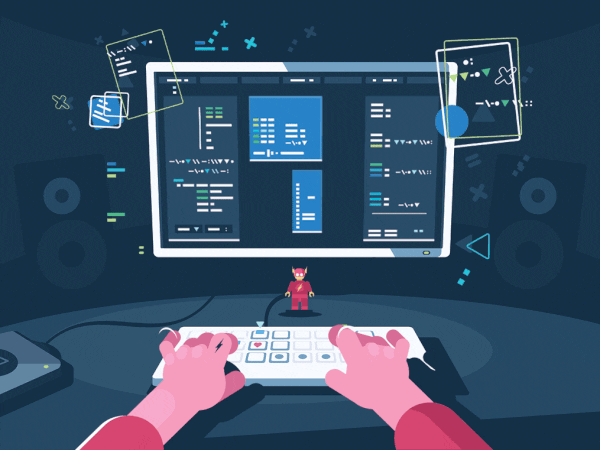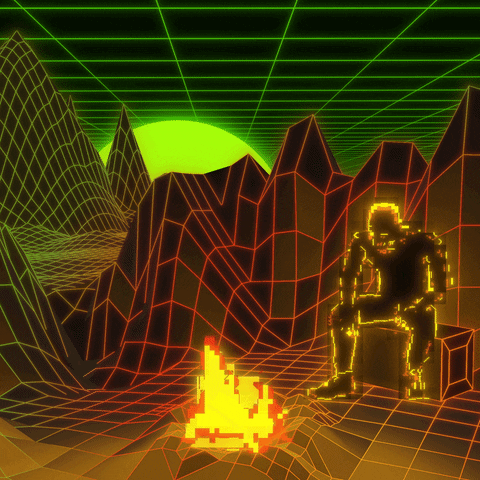
Today we will be discussing “Data”. So, what is Data?
In simple terms, Data is raw information, facts, or statistics that can be collected, measured, and analyzed. It can exist in various formats, like text, numbers, images, or audio.
Let’s look at different types of Data.
Volunteered data is data that individuals consciously and willingly provide.
Examples: Fill out an online form with your name, email, etc.
Signing up for a newsletter or survey.
Providing feedback or reviews.
Inferred data is derived or calculated from other data points using algorithms, analytics, or human interpretation. Often generated by businesses, using analytical tools to make conclusions.
Examples: Predicting someone’s interests based on their browsing history.
Credit scores are calculated from financial transaction patterns.
Personalization of ads based on inferred preferences.
Observed data is collected through the monitoring of user behavior or activities.
Examples: GPS tracking to determine location.
Recording the amount of time spent on a website.
Sensor data from wearable devices, such as heart rate, etc.

Did you know, data are transmitted using 0 and 1?
You heard that right! They are transmitted in the form of a “Bit”.
What is a Bit?
The term bit is from “Binary Digit”, which represents the smallest piece of data. The data is stored and transmitted in a series of bits, and they are represented by 0 and 1. The computers interpret only patterns of bits.
Computers use binary code to represent and interpret letters, numbers, and special characters with bits. The most commonly used code is the “American Standard Code for Information Interchange” (ASCII). With ASCII, each character is represented by eight bits.
Example: Capital letter A = 01000001
Number 9 = 00111001
Special character # = 00100011
Think of ASCII as a computer’s way of saying, “Oh, 01000001? That’s my buddy, the letter A!”
Each group of bits is known as a byte.
I know, it sounds so confusing right? Bits, Bytes!
So next time someone says “bits and bytes,” just remember: bits are the tiny sparks of digital magic, and bytes are their superhero squad!
Now that we touched on the basics, tell me How Does Data Travel? 🚀
Once data gets dressed up as a string of bits (fancy 0s and 1s), it’s ready for its journey to its destination. But how does it get there? It needs a ride! And the ride depends on the “road” it travels on—also known as the medium (think copper wires, fiber optics, or even the air). 🚦
Here are the common rides for our data superheroes:
-1. Electrical Signals ⚡: Imagine your data hopping onto a rollercoaster of electric pulses, zooming along copper wires like a lightning bolt! Perfect for short distances and zippy rides. 🎢
-2. Optical Signals 🌈: For data that likes to travel in style, it transforms into light pulses—basically becoming a digital disco ball—and zips through fiber-optic cables at the speed of light. Great for long-distance commutes without losing its shine! ✨
-3. Wireless Signals 🌬️: Who needs wires when you can fly? Data spreads its wings and travels through the air using radio waves, microwaves, or even infrared light. Think of it as data’s version of hitching a ride on invisible currents. 🛸 Perfect for Wi-Fi, Bluetooth, and all those apps you love.

Psst, Psst! Hey, what do you think Data’s Favorite Roads is?
For most of us, data rides on trusty copper wires or breezy Wi-Fi connections—quick, reliable, and always there when you need them. But for bigger jobs, like connecting cities or continents, data calls in the fiber-optic cavalry, blazing fast and super dependable for those epic cross-country marathons!🏃♀️💨
So next time you stream a movie or send a meme, just picture your data choosing its ride—whether it’s zipping through wires, shining like a light beam, or flying through the air like a digital superhero!
Hoping Day 2 was a little more informative, and fun. Catch you on Day 3 of going through Networking Basics. Ciao!
